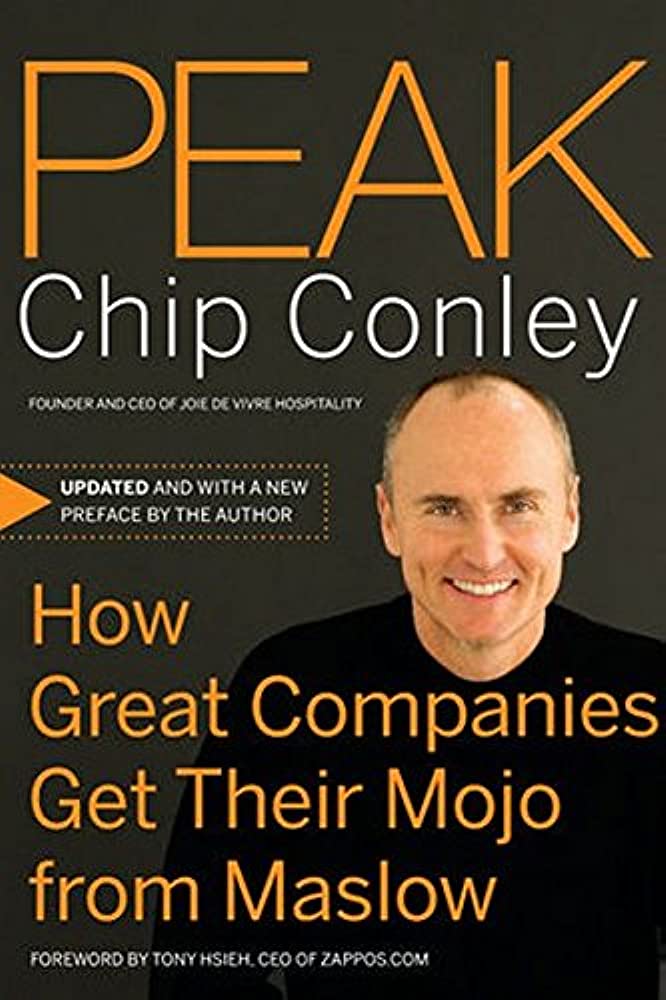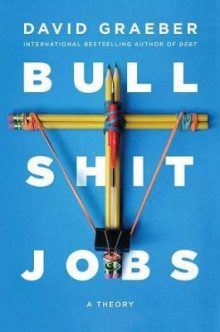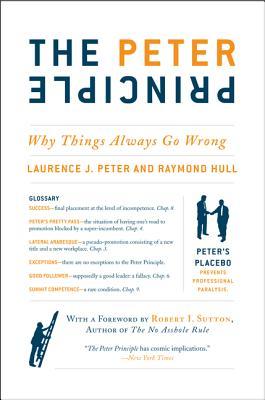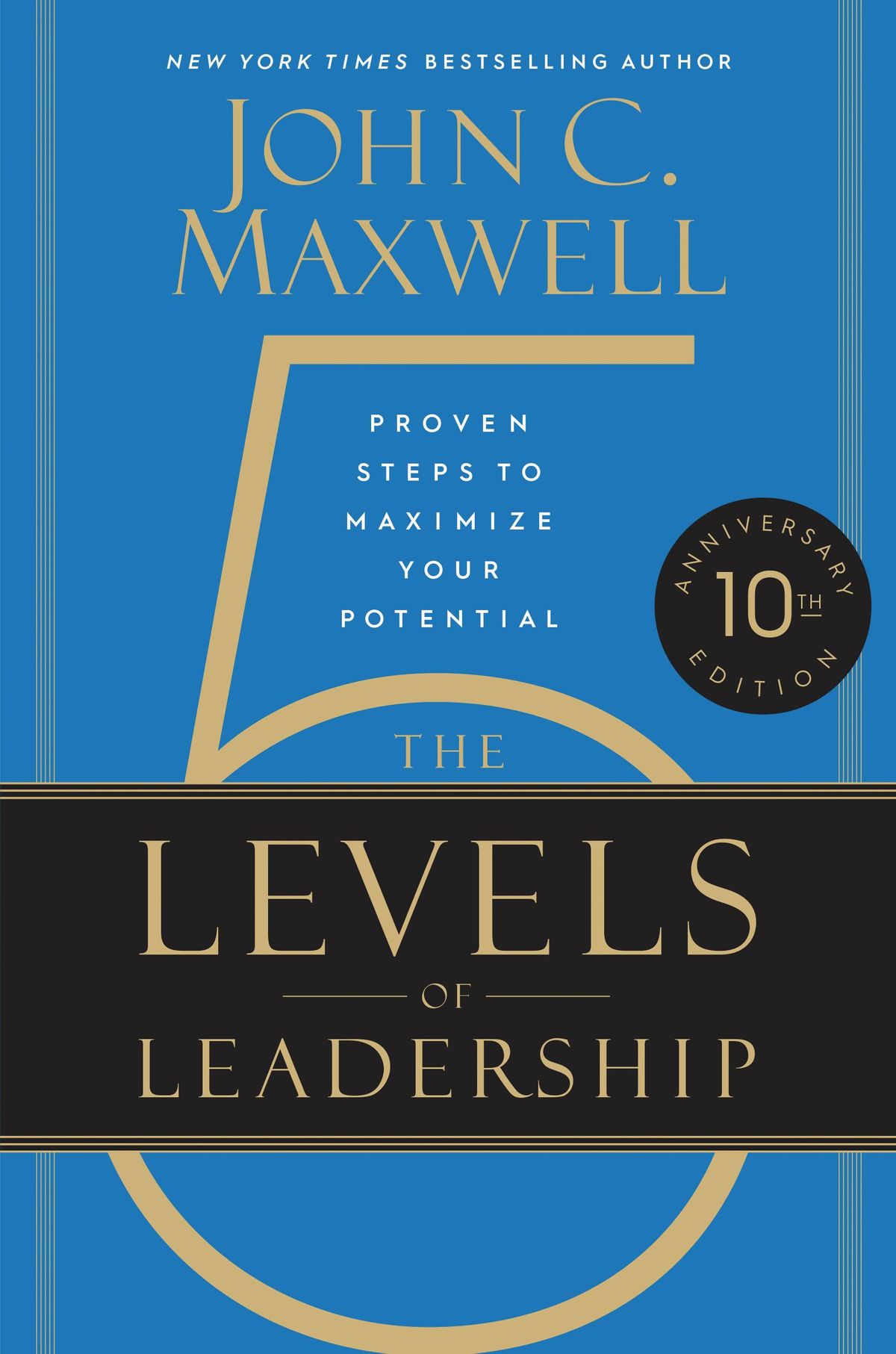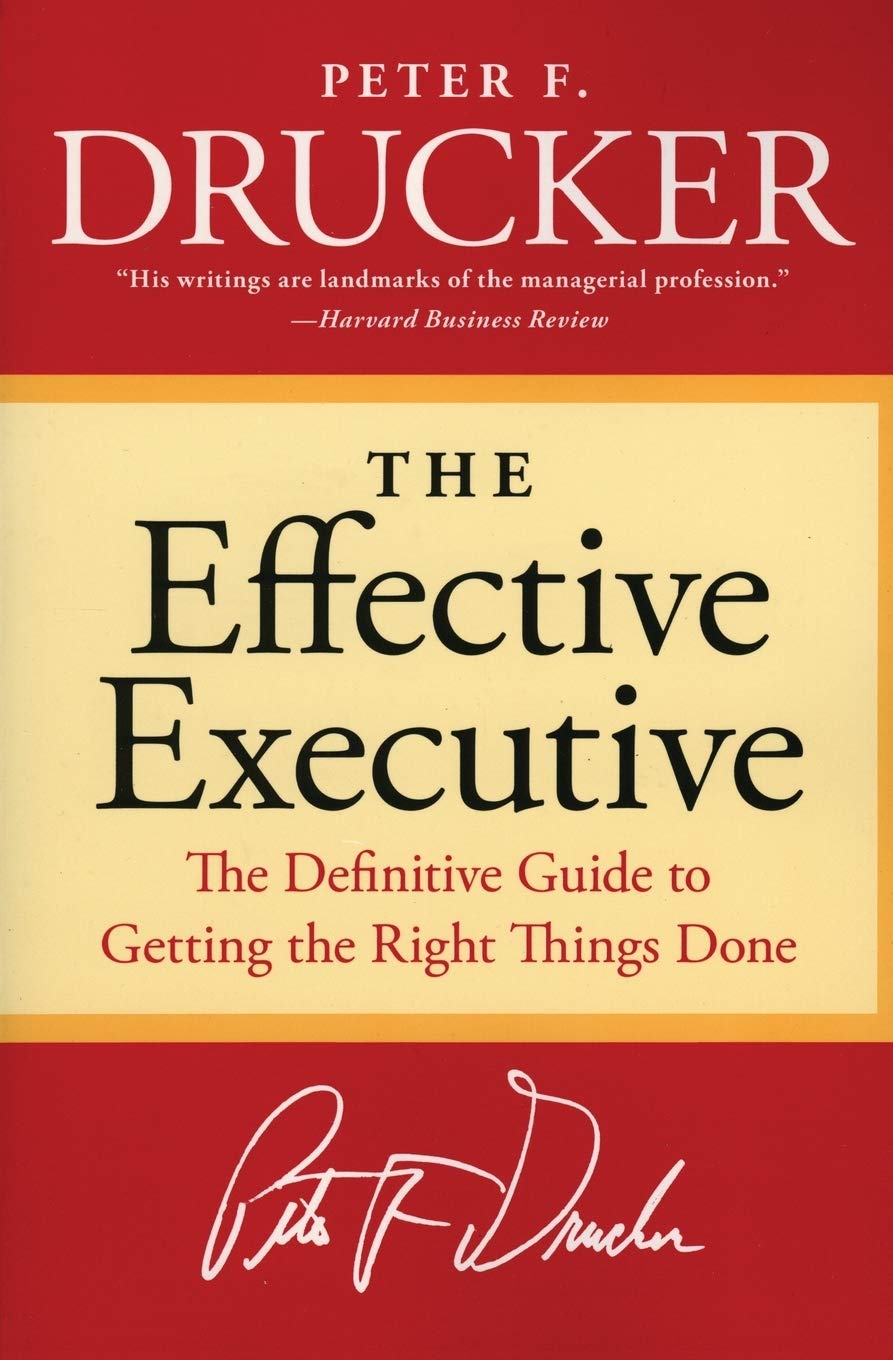Drive
by Dan Pink
- Career
- Ashto =
- Jonesy =
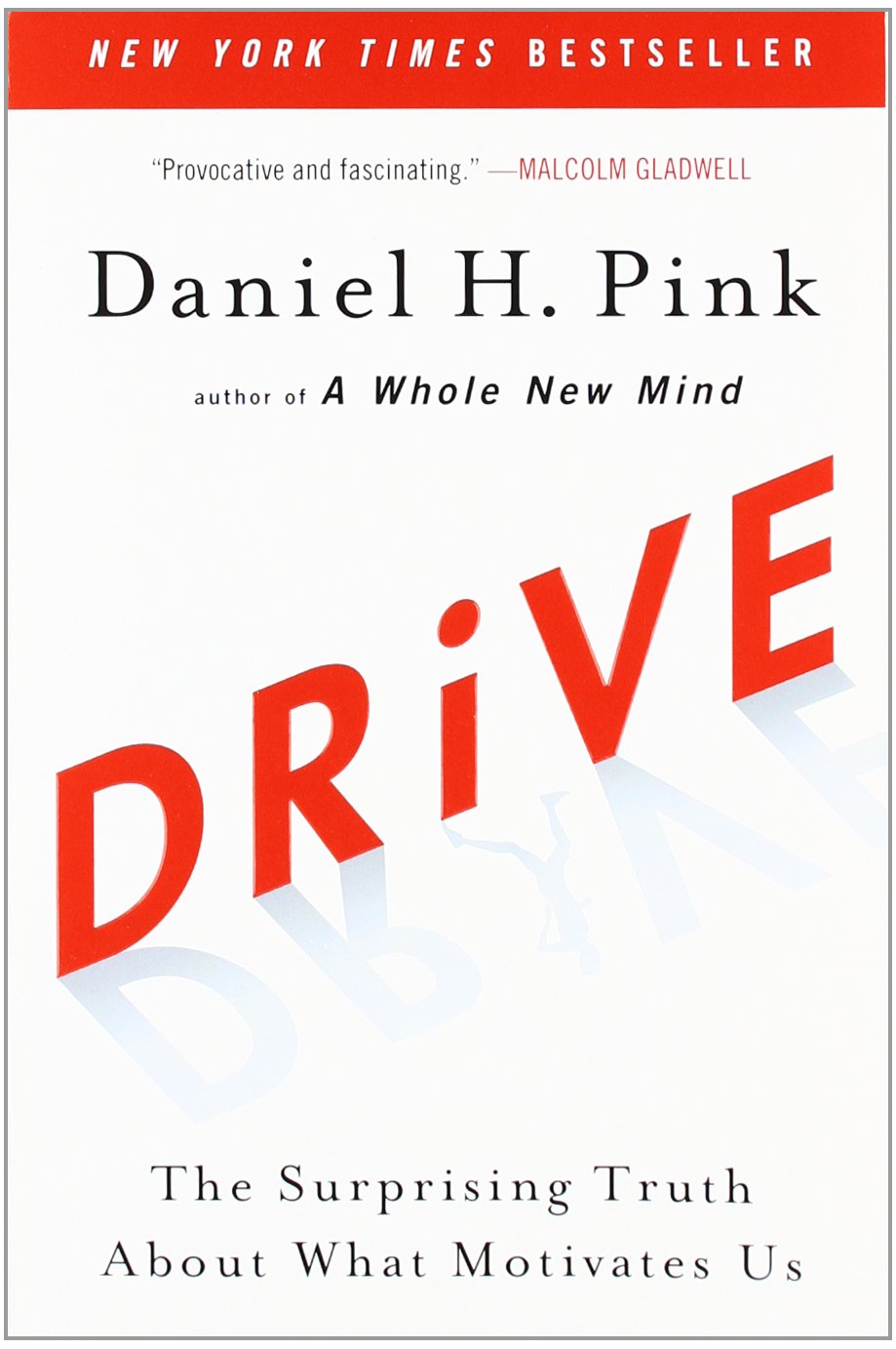
Drive – by Dan Pink
“The surprising truth about what motivates us” – Drive
Humans were initially motivated biologically by hunger, thirst, and sex.
Next, we realized we can influence people by rewarding the behaviors we want more of and punishing the behaviors we want less of. This ‘carrot and stick’ mentality is what Dan Pink calls ‘Motivation 2.0’ and it worked for a while throughout the industrial age, but it’s becoming less and less effective.
What science is now realizing is that we are driven more by ‘Intrinsic motivation’ than the ‘Extrinsic motivation’ of Motivation 2.0. To get the best results from humans today, we need a sense of Autonomy, Mastery, and Purpose in the jobs we do.
A great read for anyone who is an employee that wants to know why they hate some jobs and love others, and good for an employer so that they can learn how to have happier, more fulfilled, more productive workers.
Drive (dot point) Summary
Drive 1 – Biological drive (food, water or sex)
Motivation 2.0 / Drive 2 – Reward the good and punish the bad
Drive 3 – Performance of the task provides an intrinsic reward
Test of Rewards – Negative correlation between task and pay
Group A – No payday 1, day 2 gets paid, day 3 back to no pay
Group B – No payday 1 day 2 and day 3….
Group 2 lost motivation and didn’t do the tasks on the final day. The extrinsic reward is like a jolt of caffeine, can keep you cranking for a few more hours. External control systems such as pay rises don’t necessarily have a sustainable impact on the enjoyment of tasks in most cases. Once you pay your kid to take out the trash he will never do it again for free.
Most companies still put in short-term incentives.
In 2008 the first low-profit liability company was formed. New entities are purpose maximizers
Right now 30% of job growth comes from algorithmic work and 70% comes from heuristic work. Algorithmic work is starting to get outsourced and automated.
7 Reasons Carrots and sticks Don’t Work
Based on idea rewarding an activity will get you more of it. Punishing an activity will get you less of it.
People use the reward to increase a persons motivation to do the task. But in doing so they incur the unintentional cost of undermining that persons intrinsic motivation towards the activity.
Those who are least motivated to pursue extrinsic rewards are those who generally receive them
In 1970 the British paid people to donate blood, but it actually reduced the number of volunteers
Goals work but having them imposed on you has a negative effect.
And when they do…
A safe salary and bonus of a baseline are fair. Without the healthy baseline, the motivation is difficult and impossible
Type 1 and Type X
Motivation 2.0 depends on type x behavior. Type X means extrinsic motivator
Motivation 1.0 Type I who are motivated by intrinsic behavior
Type 1 almost always outperform type X in the long run.
Type I behavior depends on autonomy, mastery, and purpose.
It is self-directed and the process of becoming better is the thing that matters. It connects quest for excellence to a larger purpose.
Chapter 4 Autonomy
Our default setting is to be self-directed.
Have you seen a 6month old who is not curious and self-directed? At age of 14, we become passive and inert. Something flips our default setting.
People need to have autonomy over their task (what they do), time (when they do it), a team (who they do it with) and technique (how they do it).
ROWE (Results orientated workplace) – more likely to stay and not leave for a salary increase of 10-20K – focus on what gets done as opposed to salaries
Google gives each employee 1 day a week to pursue any project they wish. Google news, Gmail and Google maps came up from this 20% time.
Chapter 5 Mastery
Motivation 2.0 requires compliance, motivation 3.0 demands engagement. Only engagement can produce mastery.
Mastery begins with flow – optimal experiences when the challenges we face are exquisitely matched to our abilities.
Goldi-lock tasks – not too hard but not too easy
Mastery is an asymptote – impossible to obtain and realize. It’s a pain, impossible to realize and simultaneously frustrating and alluring.
Chapter 6 Purpose
Motivation 3.0, the purpose is taking place alongside profit maximization as an aspiration and a guiding principle.




